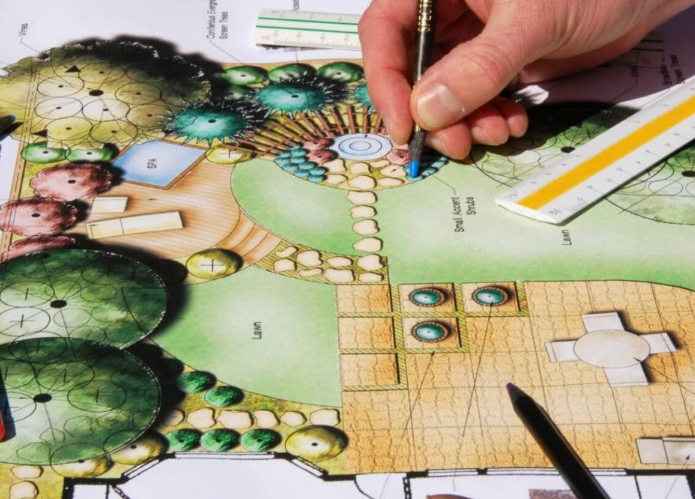Introduction
In the ever-evolving field of landscape architecture, information technology (IT) plays a crucial role in enhancing design, planning, and management processes. By integrating cutting-edge technologies, landscape architects can improve efficiency, creativity, and environmental sustainability. This article explores how IT is revolutionizing landscape architecture and why professionals in the field should embrace these advancements.
Harnessing Geographical Information Systems (GIS)
Geographical Information Systems (GIS) are essential tools for landscape architects, allowing them to analyze spatial data effectively. With GIS, professionals can visualize land features, assess environmental impacts, and make data-driven decisions. This technology enables the integration of multiple data sources, improving project outcomes by providing insights into topography, hydrology, and vegetation. By harnessing GIS, landscape architects can create more resilient designs that respond effectively to the challenges posed by climate change and urbanization.
Utilizing 3D Modeling and Visualization Tools
3D modeling software has transformed the way landscape architects present their designs. These tools allow for immersive visualizations that help clients and stakeholders understand project concepts more clearly. Through realistic renderings, architects can showcase how a space will look and function, enabling better communication and collaboration. Additionally, 3D modeling allows for quick adjustments, making it easier to experiment with different designs and visualize their potential impacts. This flexibility ultimately leads to more innovative solutions that meet client needs and environmental demands.
Incorporating Smart Technology into Design
The integration of smart technology into landscape architecture is ushering in a new era of interactive and responsive outdoor spaces. Features such as smart irrigation systems, connected lighting, and environmental sensors are becoming more commonplace. These technologies not only enhance user experience but also contribute to sustainability by optimizing resource use. For instance, smart irrigation systems can adjust watering schedules based on real-time weather data, conserving water and reducing costs. Landscape architects embracing these innovations can create sustainable, user-friendly environments that respond to the needs of the community.
Conclusion
The intersection of information technology and landscape architecture is creating exciting opportunities for professionals in the field. By leveraging GIS, 3D modeling, and smart technologies, landscape architects can enhance design quality, improve sustainability, and better engage with clients and stakeholders. As the industry continues to evolve, embracing these tools will be essential for staying ahead. If you’re interested in learning more about how IT impacts landscape architecture, consider exploring online resources, attending workshops, or connecting with industry experts to expand your knowledge and skills.

